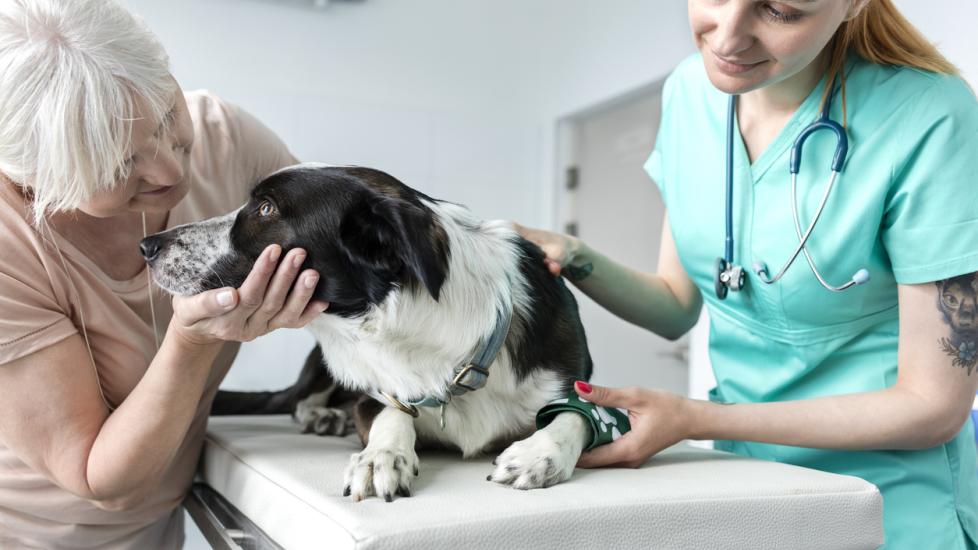In the world of pets, dogs hold a special place in our hearts. They are not just animals; they are family members that bring joy to our lives. However, like humans, dogs can also fall prey to various health issues, including cancer—the dreaded C-word that strikes fear into pet owners’ hearts. Cancer is a leading cause of death among older dogs, affecting one out of every four canine companions over ten years old. It’s crucial for dog owners to be aware of the signs, types, and treatment options available if their furry friend should ever face this challenging disease.
Recognizing the Signs:
The symptoms of cancer in dogs vary widely depending on the type of tumor and its location within the body. Some common warning signs include lumps or swellings that persist after your regular checkups, unexplained weight loss, lameness or joint pain without evidence of injury, persistent bad breath or dental problems (which could indicate oral tumors), chronic digestive upset such as vomiting or diarrhea with no obvious causes found through diet changes alone, excessive thirst/urination which may point towards kidney involvement by metastatic cells originating elsewhere etcetera – these are all red flags that warrant immediate veterinary attention!
Understanding Different Types:
There are numerous forms of cancers impacting dogs; some examples include lymphoma (affecting white blood cell production), osteosarcoma (bone tumors), mast cell tumors (commonly seen skin masses), melanomas (pigment producing cells gone rogue) amongst many others each requiring specific diagnostic tests followed up with tailored therapeutic approaches chosen based upon individual patient needs taking into consideration factors like age at diagnosis stage spread across multiple organs if any etcetera…
Treatment Options:
Once diagnosed via imaging studies biopsies lab workup consultations between veterinarians specialists oncologists surgeons radiation therapists etcetera – there will likely be several routes taken simultaneously aiming towards slowing down progression reducing associated symptoms improving quality life expectancy outcomes where possible using combination strategies involving surgery chemotherapy immunotherapy targeted therapies palliative care supportive measures designed around comfort level physical activity appetite maintenance hydration status mental well being overall happiness during what might otherwise become an incredibly difficult time both physically emotionally spiritually speaking especially when considering how deeply rooted human-canine bonds often run deep indeed…
Conclusion:
Dealing with cancer in our beloved pooches requires patience understanding dedication commitment research knowledge communication openness collaboration between pet parents medical professionals alike ensuring best practices standards excellence throughout every step along journey together seeking cures prevention detection early intervention remission survival rates improvements overall betterment welfare entire animal kingdom beyond simply those affected directly now but future generations yet unborn too thanks largely due diligence efforts undertaken here today tomorrow forevermore.
